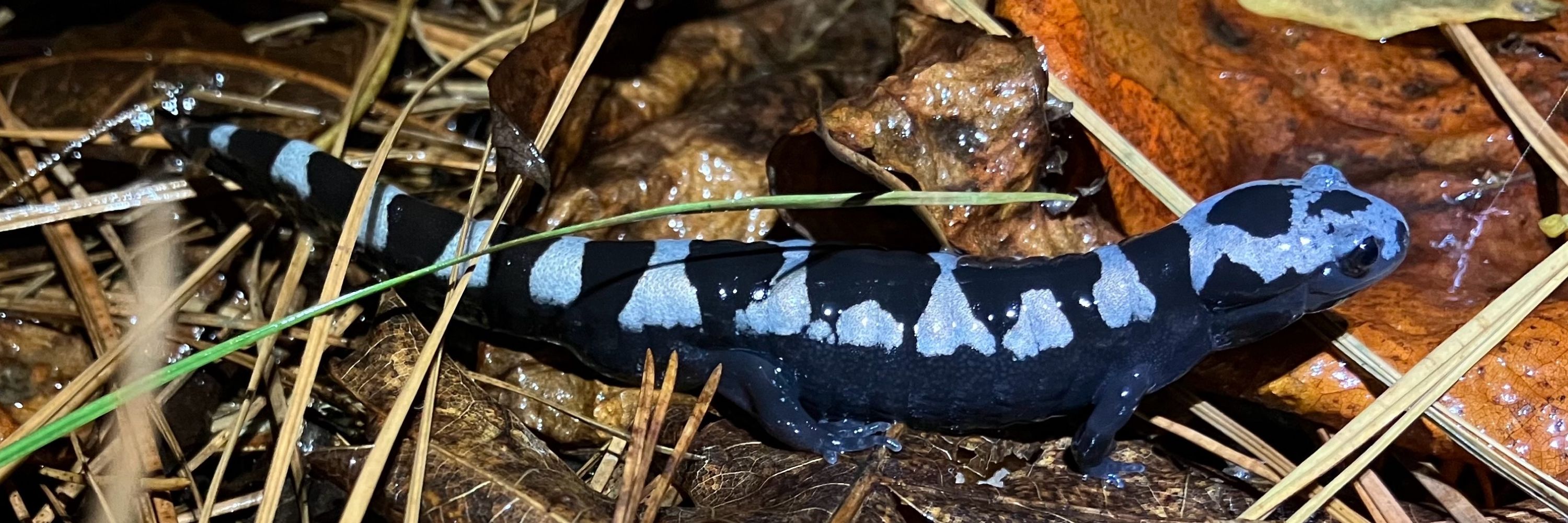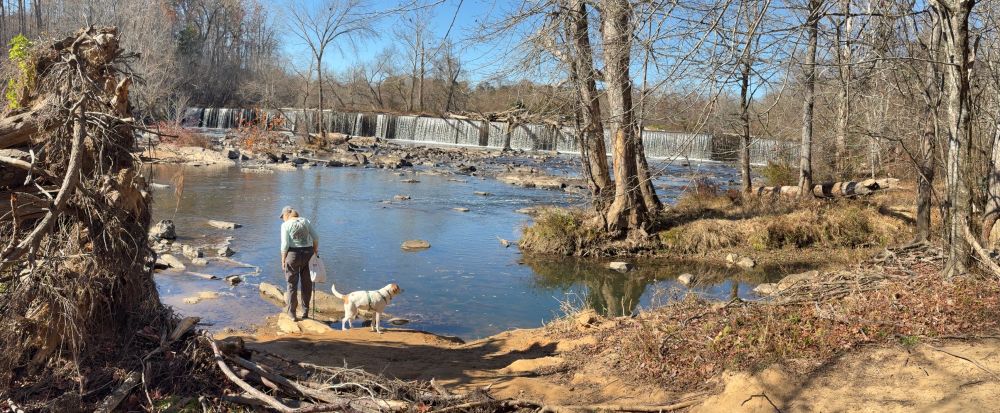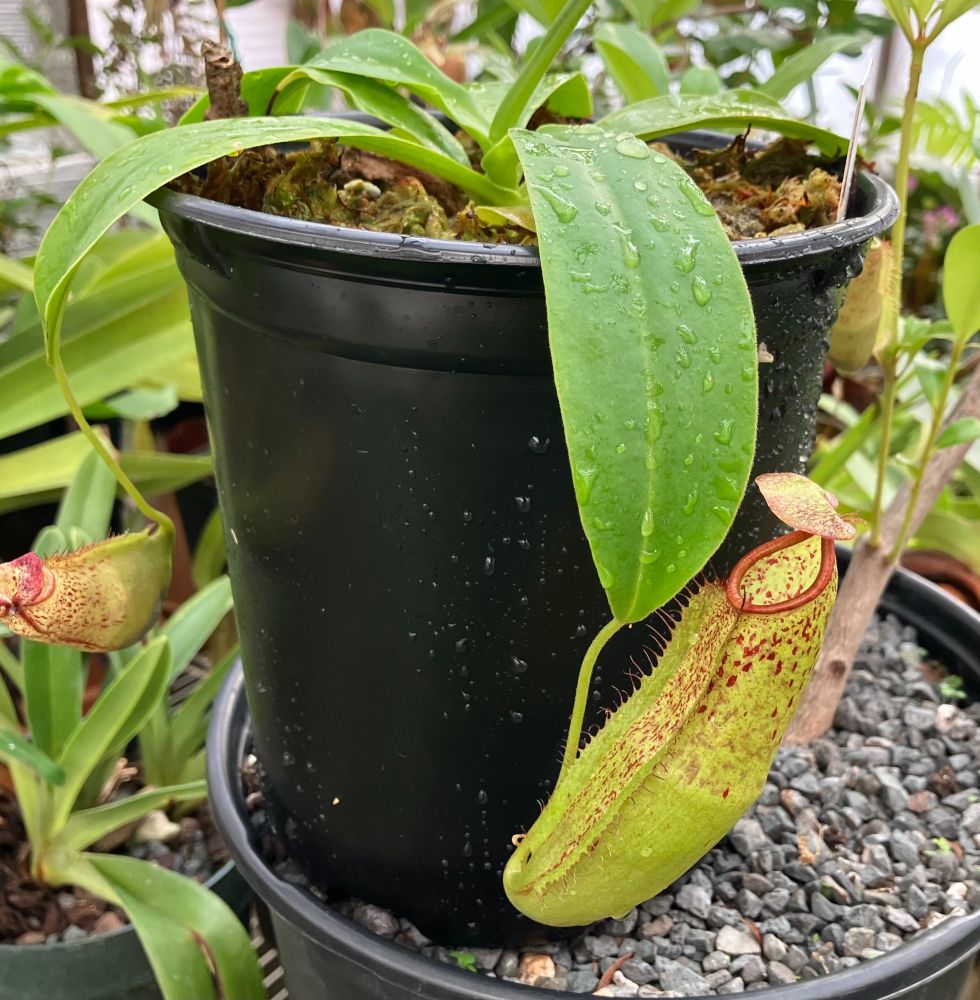
Views my own. All photos mine. May include predator-prey interactions, spiders, and snakes.
https://sweetgumandpines.wordpress.com
When I started growing Nepenthes in the 1990s, there were only 2 mediocre clones of N. veitchii available. Now, colorful line bred seedlings and clones are everywhere. 🌴🌱

When I started growing Nepenthes in the 1990s, there were only 2 mediocre clones of N. veitchii available. Now, colorful line bred seedlings and clones are everywhere. 🌴🌱
www.hawrivertrail.org/glencoe

www.hawrivertrail.org/glencoe






Just an inspired bit of plant breeding by George Tivey. Description was first published in 1900, so he presumably made the cross sometime in the early/mid 1890s.
Nepenthes (northiana x maxima) x (rafflesiana x veitchii)
🌴 🌱

Just an inspired bit of plant breeding by George Tivey. Description was first published in 1900, so he presumably made the cross sometime in the early/mid 1890s.
Nepenthes (northiana x maxima) x (rafflesiana x veitchii)
🌴 🌱



The definitive list of the absolute best interdimensional portals I have photographed on walks in the British countryside.
1. Gateway To The Land Of Leaping Dogs.

The definitive list of the absolute best interdimensional portals I have photographed on walks in the British countryside.
1. Gateway To The Land Of Leaping Dogs.
1. The Six Nations. I knew about them vaguely, but now I want to know more.
2. The extreme ethnic, religious, and cultural diversity in the colonies.
3. Role of misunderstandings in the initial skirmishes.
1. The Six Nations. I knew about them vaguely, but now I want to know more.
2. The extreme ethnic, religious, and cultural diversity in the colonies.
3. Role of misunderstandings in the initial skirmishes.

*fish sticks, cucumber, avocado, pickled daikon.
*fish sticks, cucumber, avocado, pickled daikon.

rebeccaherranen.com/featured/spo...
#birds #nature #wildlife #buyintoart #naturephotography #photography #fineart #giftideas #birdlovers #waterbirds #art

rebeccaherranen.com/featured/spo...
#birds #nature #wildlife #buyintoart #naturephotography #photography #fineart #giftideas #birdlovers #waterbirds #art



youtu.be/KW_nwxlwfyo?...

youtu.be/KW_nwxlwfyo?...

(They're Black Crakes, btw.)

(They're Black Crakes, btw.)






